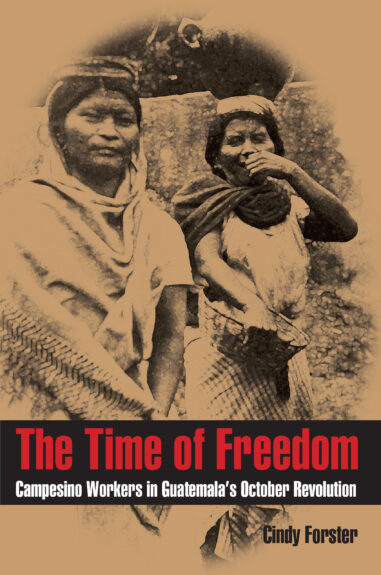

Paperback $55.00
Also available in Kindle
Request Exam or Desk Copy. Request Review Copy
The Time of Freedom
Campesino Workers in Guatemala's October Revolution
[Forster's] thesis contradicts the standard interpretation of the 1944 Revolution that sees it essentially as an urban, petty bourgeois phenomenon until the 1950 election of Arbenz, who then 'granted' the Indians and rural ladinos reform, under the influence of his Communist wife and advisors. The research is impressive and makes use of new or little used archives and printed sources, as well as oral history in sophisticated ways. It fits well with much work currently in progress focusing on the regional histories of Guatamala.

